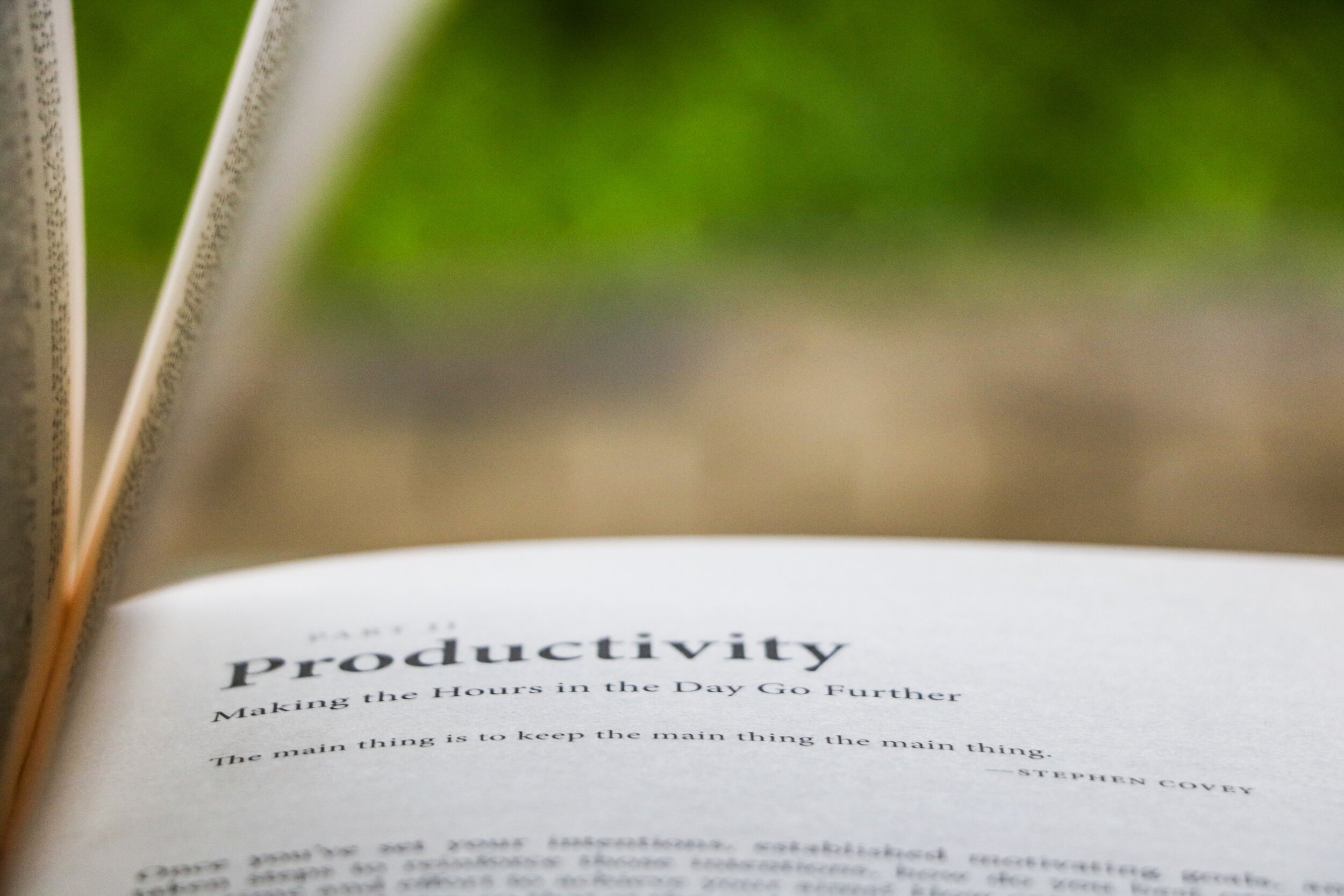Management
Management
Lead with Clarity. Manage with Purpose.
Whether you're running lean or scaling fast, strong management drives sustainable success. From decision-making frameworks to team-building insights, this is your go-to space for leading with vision and systems that work.
→ [Download the PR Starter Kit] – Position yourself as a confident, credible leader
→ [Work with Marquet Media] – Elevate your leadership visibility and thought leadership
→ [Explore the Template Shop] – Get proven systems for managing projects, teams, and growth

